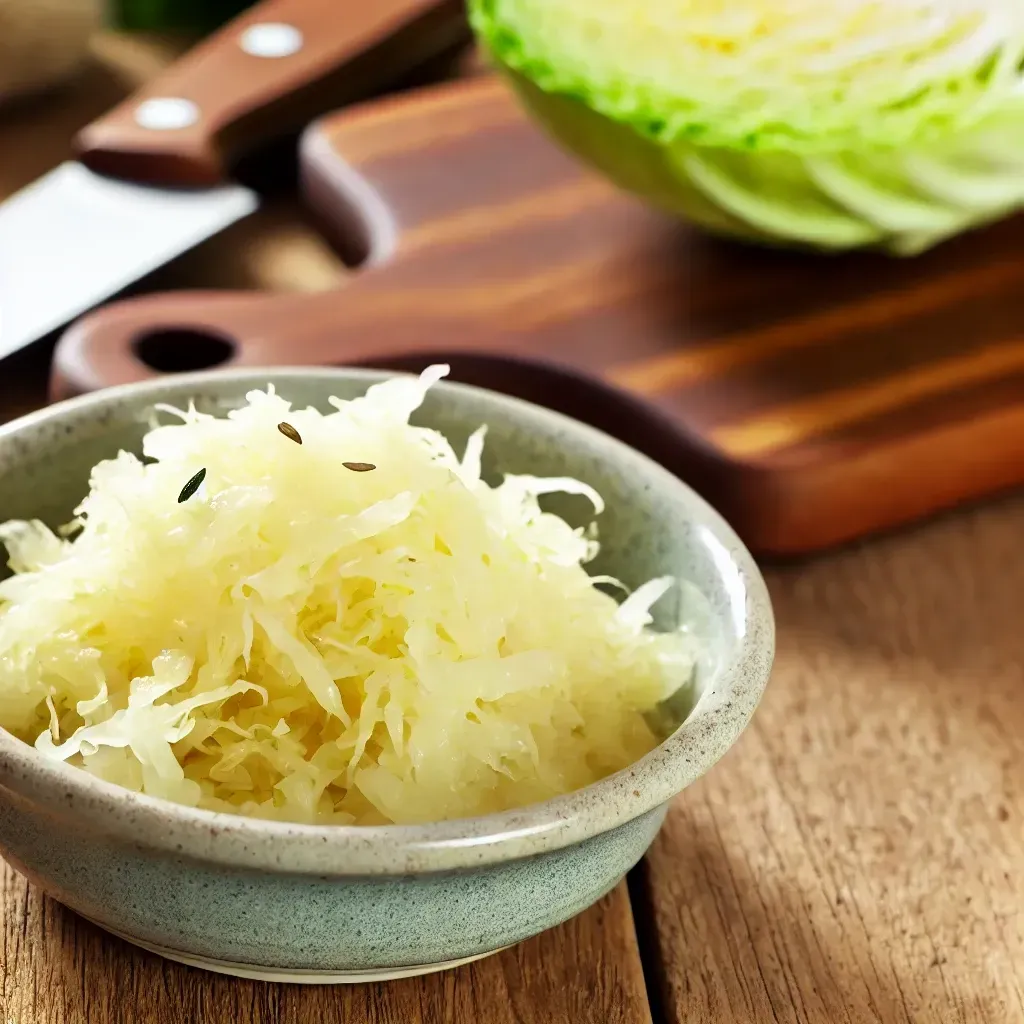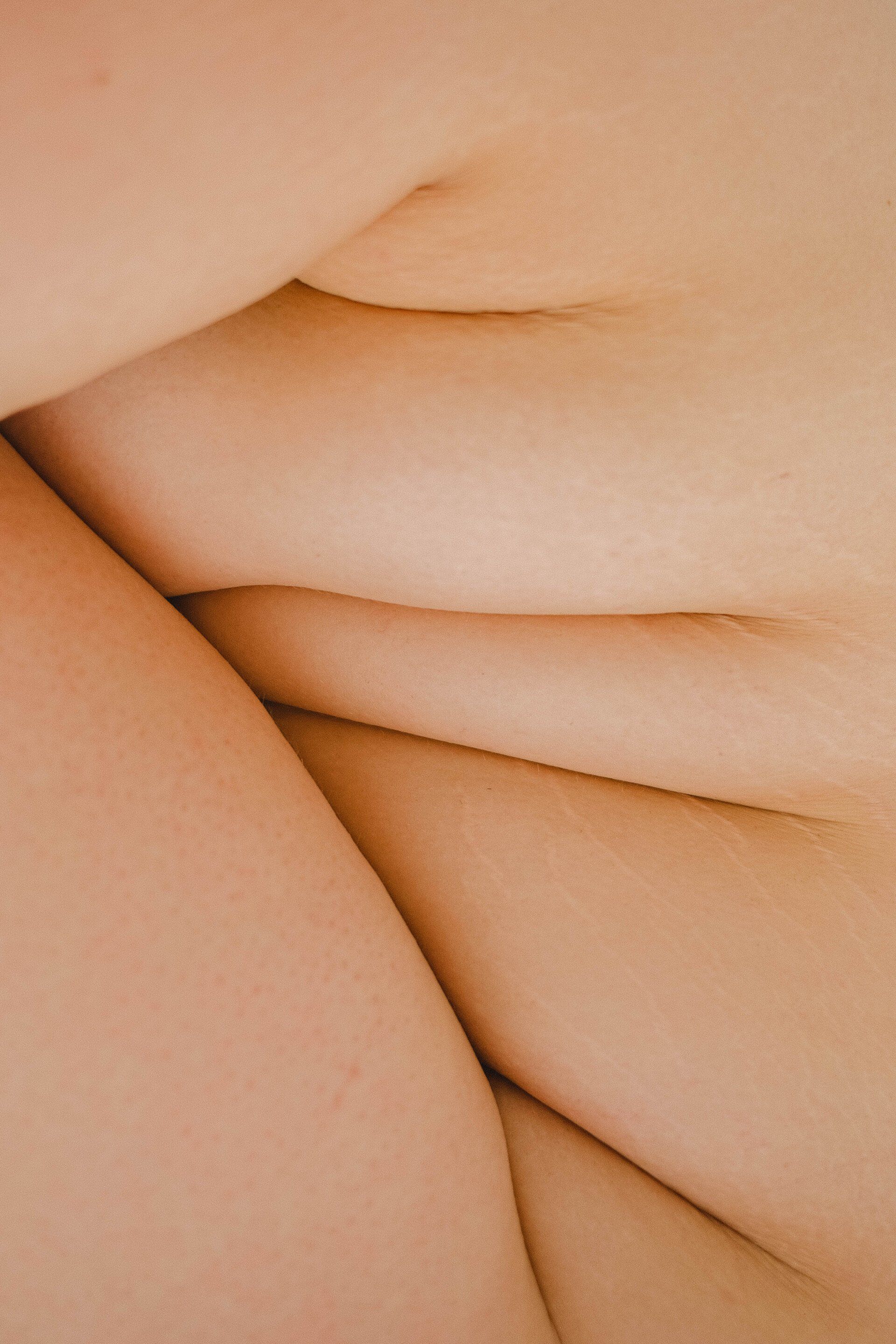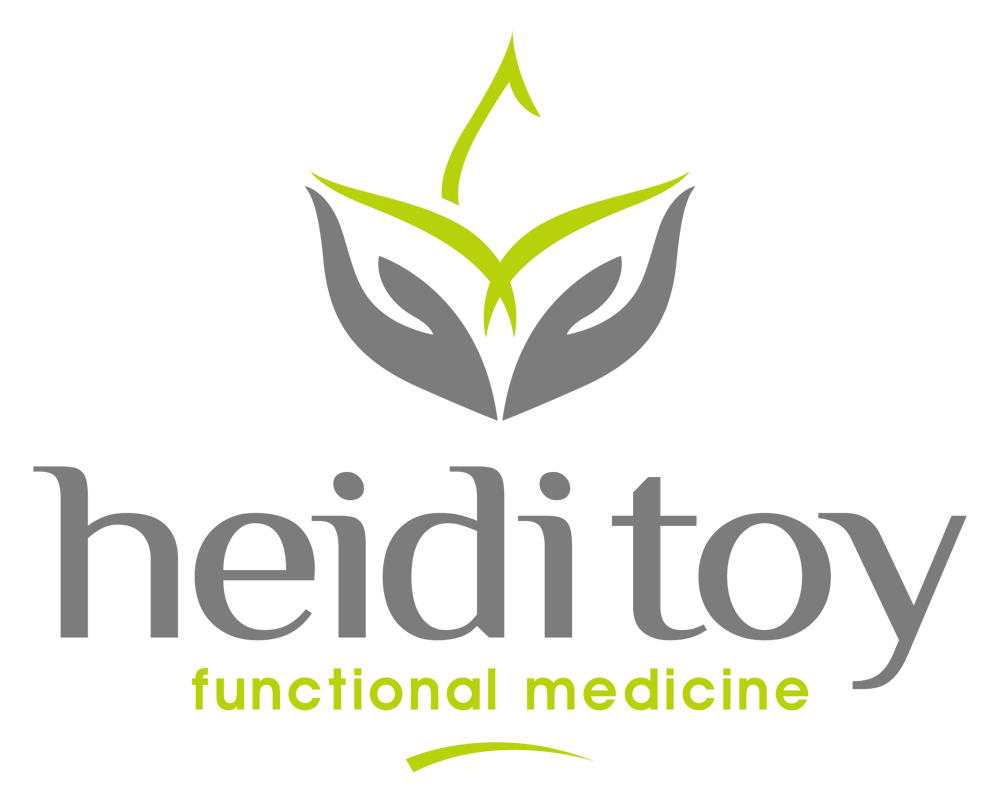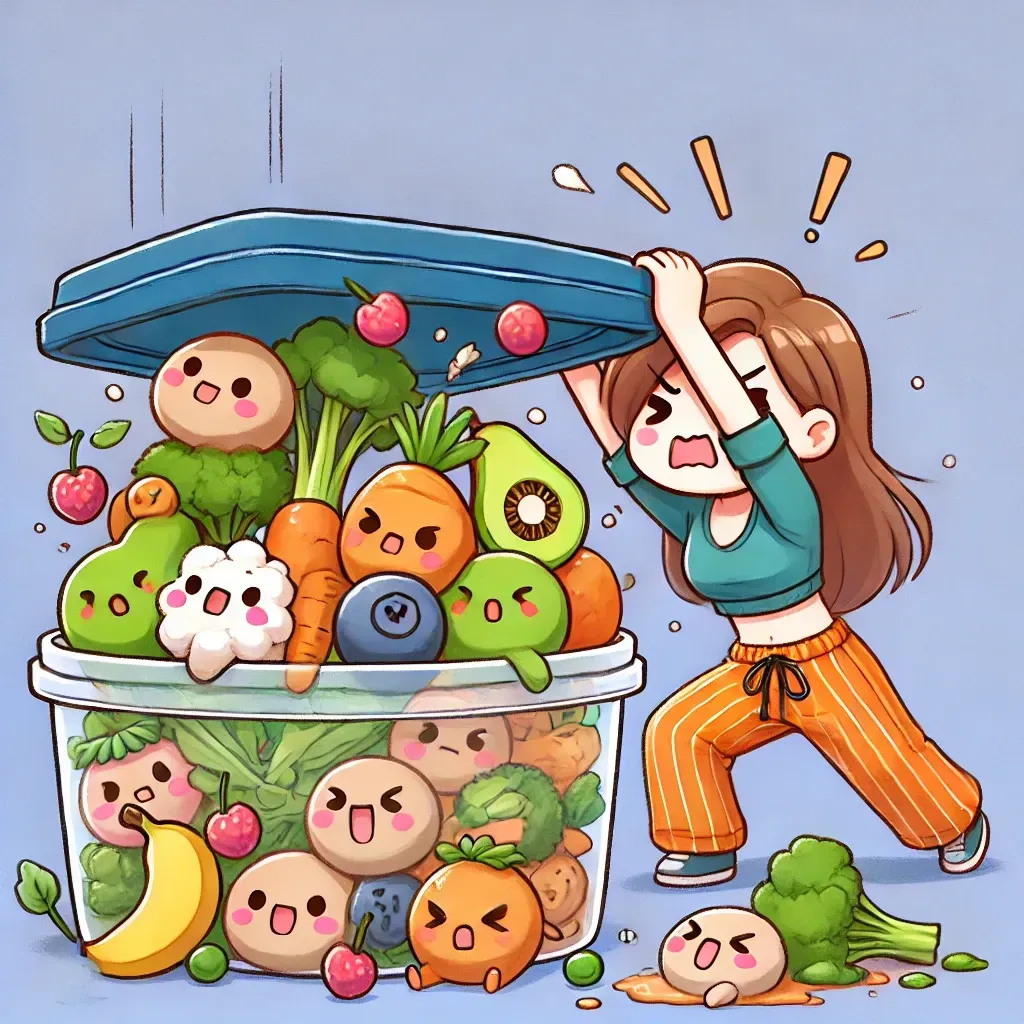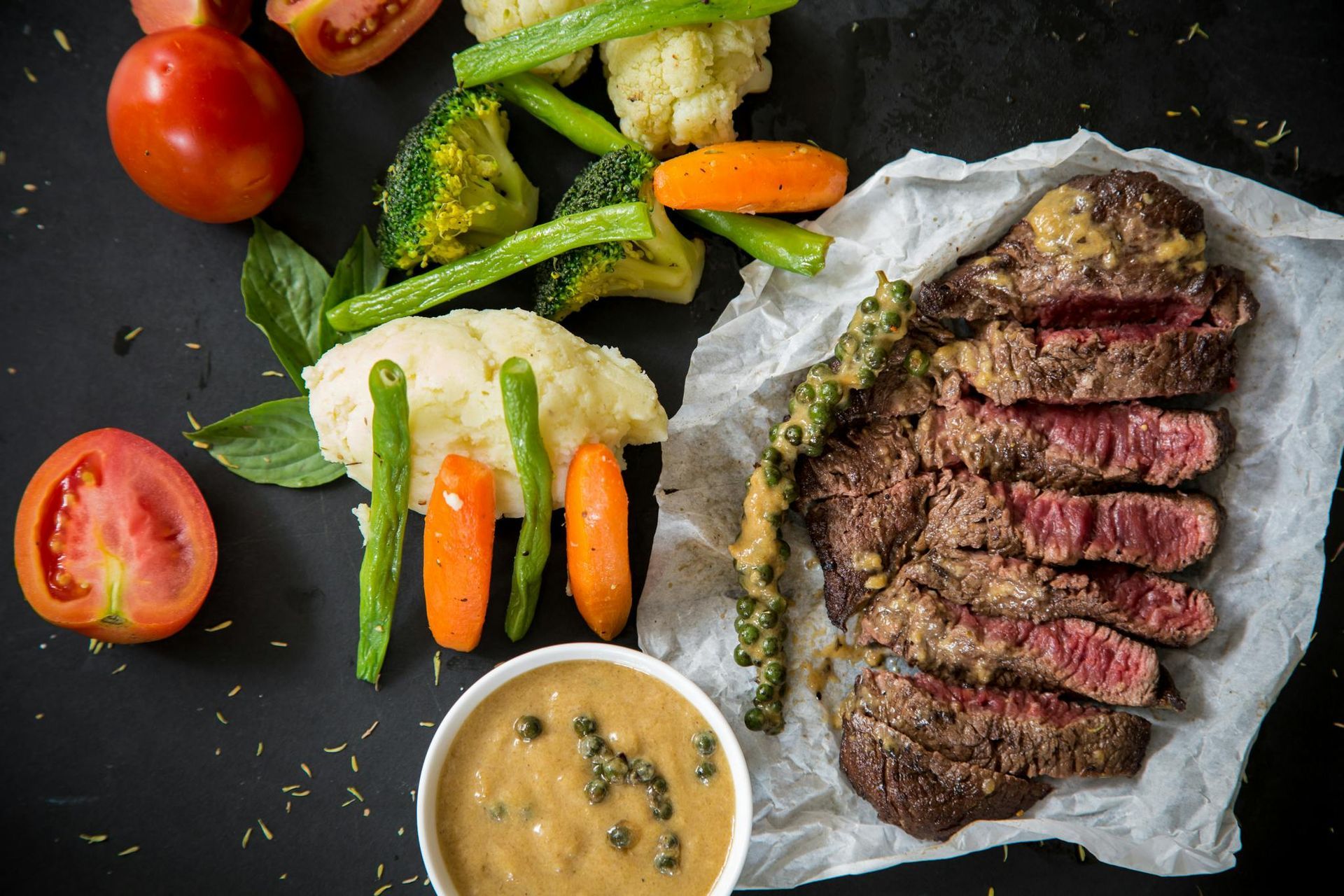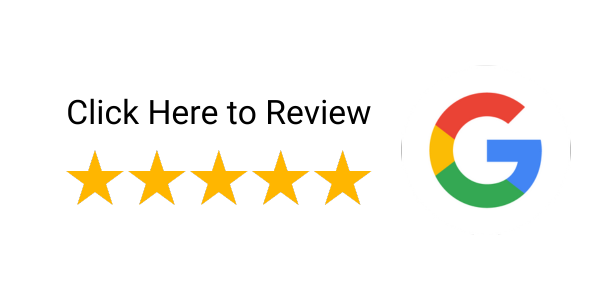Getting Candid About Candida Part 4
Kill the Candida!
It’s really hard to get rid of Candida without adjusting your diet—even if you’re on an antifungal prescription. The key is to take away the foods that are contributing to the overgrowth.
Avoid these foods:
- All grains
- Sugars (check out my sugar blog series next)
- Fermented foods such as yogurt, sauerkraut, kimchi, keifer, miso, tempeh
- Beer, wine, kombucha
- Fungus foods such as mushrooms and cheese
- Vinegar and items containing it--make sure to read labels here as this includes ketchup, many salad dressings, and pickles
NOTE: You don’t want to take
prebiotics while you’re trying to get rid of Candida—which feed good bacteria and yeast—but you can add them in, along with fermented foods down the line, once your Candida is under control.
Add these foods:
- Coconut Oil - Contains caprylic acid (a yeast killer)
- Olive Oil - contains many antioxidants that specifically target Candida
- Garlic - contains allicin, a sulphur-containing compound with specific-to-Candida anti-fungal properties
- Cinnamon - has anti-fungal and anti-inflammatory benefits
- Apple Cider Vinegar - the only vinegar I recommend consuming while you’re treating a Candida overgrowth as its enzymes may help break down Candida
- Lemon - helps your liver detox
- Ginger - has anti-inflammatory and anti-fungal properties, plus it supports the liver
- Clove - very effective (internal) anti-fungal, can also be used as a topical aid for infections
- CRUCIFEROUS VEGGIES - broccoli, radishes, brussels sprouts, cabbage, etc. have sulphur- and nitrogen-containing compounds that attack Candida
- Wild Salmon (not line caught) - omega-3 fatty acids fight fungal infections
- Meat broth to start, then bone broth once the candida is killed off and the gut starts to heal
Add these supplements*:
- Overpower the yeast with nutraceuticals help back down the yeast
- Oregano Oil
- Pau D’Arco
- Neem
- Echinacea
- Black Walnut
- Olive Leaf Extract
- Golden Seal
- Support the detox pathways in order to help the body handle the toxins that come from “die off” of the yeast. (Daily bowel movements are crucial to this process.)
- Vitamin A
- Vitamin C
- Vitamin E
- Thiamin (B1)
- Riboflavin (B2)
- Niacin
- Vitamin B6 (as pyridoxal-5-phosphate, pyridoxine HCl)
- Folate
- Vitamin B12
- Pantothenic Acid Choline
- Zinc Selenium Copper
- Molybdenum N-Acetyl-L-Cysteine
- Taurine
- L-Glutathione
- Alpha-Lipoic Acid
- Proprietary Blend
- Milk Thistle
- Repair the damage to the gut lining
- Zinc
- Zinc Carnosine
- L-Glutamine
- N-Acetyl D-Glucosamine
- MSM (methylsulfonylmethane)
- Licorice (Glycyrrhiza glabra) root, extract, deglycyrrhized
- Okra (Abelmoschus esculentus)
- Aloe Vera (Aloe barbadensis)
- Replenish with high-quality probiotic supplements, which help protect your body against future infections
- Professional grade probiotics in a clinical strength
- Saccharomyces Boulardii
*Dosing for the above supplements should be prepared by a skilled practitioner who understands how to help your body detox for your bio individual need.
Candida is not something to mess around with. If you are experiencing symptoms of Candida, you could really benefit from the use of any of the supplements above. Shop from a trusted source and learn more about quality supplements in my blog link to “Need to Know Basis: Supplements” Blog).
HOWEVER, please contact me for a
Health Discovery Session before purchasing to make sure that you are on the right path and getting exactly what your body needs before adding/mixing vitamins and minerals adlib
Don't Miss Out On More!

Heidi Toy FNTP
I help people all over the world heal by identifying and treating the root cause of their body imbalances. Through diet and nutrition, I guide them towards wholeness and balanced lives.
Heidi Toy Functional Medicine Blog




